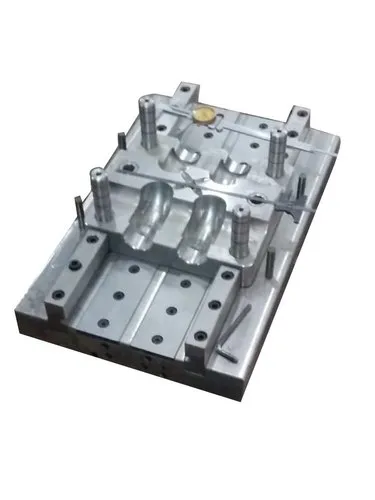The caps and closures industry plays a crucial role in packaging, serving as a vital component across a wide range of sectors including food & beverages, pharmaceuticals, cosmetics, and household products. As global packaging needs evolve, the caps and closures market is experiencing significant shifts driven by sustainability, innovation, and regional consumption patterns. Below are the key global market trends shaping this dynamic industry:
1. Shift Toward Sustainable and Eco-Friendly Materials
Environmental concerns and increasing regulations around plastic usage are prompting manufacturers to innovate with sustainable materials:
Biodegradable and compostable plastics are gaining traction.
Use of recyclable and recycled materials (e.g., rPET, HDPE, PP) is becoming standard practice.
Development of lightweight closures to reduce plastic use without compromising functionality.
Regulatory frameworks like the EU Single-Use Plastics Directive and Extended Producer Responsibility (EPR) programs are accelerating these shifts.
2. Rise in Demand from Emerging Economies
Regions such as Asia-Pacific, Latin America, and Africa are experiencing rapid growth due to:
Rising disposable incomes and urbanization.
Expanding food & beverage and personal care sectors.
A surge in e-commerce and modern retail infrastructure.
China and India, in particular, are significant drivers of volume due to their vast consumer bases.
3. Innovation in Closure Design and Functionality
Manufacturers are focusing on user-friendly, safe, and tamper-evident designs:
Child-resistant and senior-friendly caps in pharmaceuticals and nutraceuticals.
Flip-top and push-pull closures for convenience and hygiene.
Smart caps with integrated QR codes or freshness indicators.
Anti-counterfeiting features gaining importance in premium and healthcare segments.
4. Growth of E-commerce and Its Impact on Packaging
The rise of e-commerce is reshaping packaging requirements:
Closures must be more leak-proof, tamper-evident, and impact-resistant to withstand shipping.
Growth of single-serve and travel-size packaging with resealable closures.
Increase in demand for customizable and aesthetically appealing caps for online product visibility.
5. Technological Advancements in Manufacturing
Adoption of automation and digitalization in manufacturing processes is improving efficiency:
Use of injection molding and compression molding for precision and speed.
Digital printing technologies for personalization and branding.
Implementation of Industry 4.0 practices, including IoT-enabled equipment and predictive maintenance.
6. Regulatory and Health Compliance
The caps and closures industry must adapt to stringent regulatory requirements:
Food safety standards like FDA and EU regulations demand use of BPA-free and food-grade materials.
Pharmaceutical closures require certifications for child-resistance, leak-proof performance, and cleanroom production.
7. Competitive Landscape and M&A Activity
The global market is marked by intense competition and consolidation:
Major players include AptarGroup, Berry Global, Silgan Holdings, and RPC Group.
Frequent mergers and acquisitions to expand capabilities and global reach.
Focus on strategic collaborations to innovate and scale up sustainable solutions.
8. Market Segmentation and Growth Projections
By Material: Plastics dominate, but metal and glass closures are popular in premium segments.
By End-use: Food & beverages remain the largest segment, followed by pharmaceuticals and cosmetics.
Market Growth: The global caps and closures market was valued at over USD 70 billion in 2023 and is projected to grow at a CAGR of 4–6% through 2030.
Conclusion
The global caps and closures industry is undergoing a transformative phase, driven by sustainability, consumer convenience, and digitalization. As end-user industries continue to innovate, the demand for smart, safe, and sustainable closures is expected to rise, making this a highly dynamic and opportunity-rich sector for stakeholders across the value chain.


